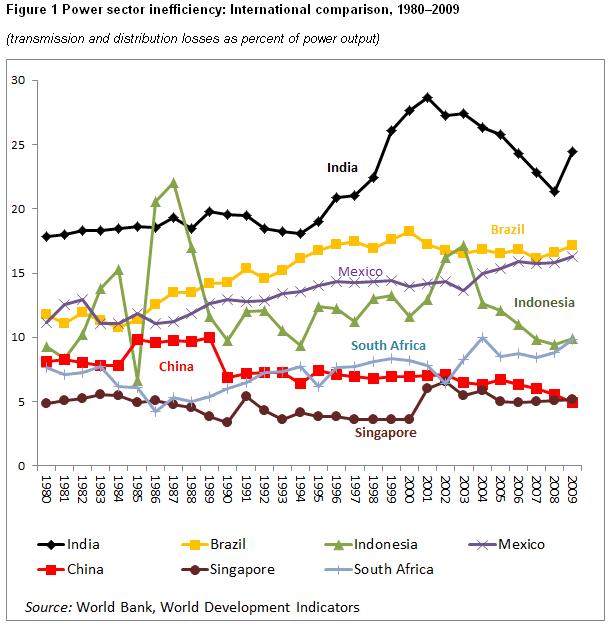wow...India so poor

yes India is poor country.... and well chini is rich country with 500 million labor ... china is well known for cheap labor....
SHANGHAI - Factory workers demanding better wages and working conditions are hastening the eventual end of an era of cheap costs that helped make southern coastal China the world's factory floor.
click image to enlarge
Labor activists throw paper money near figures representing deceased workers at Foxconn Technology Group in Hong Kong. Demands for better wages and working conditions are hastening the eventual end of cheap labor costs in China.
File photo/The Associated Press
Select images available for purchase in the
Maine Today Photo Store
A series of strikes over the past two months have been a rude wake-up call for the many foreign companies that depend on China's low costs to compete overseas, from makers of Christmas trees to manufacturers of gadgets, such as the iPad.
Where once low-tech factories and scant wages were welcomed in a China eager to escape isolation and poverty, workers are now demanding a bigger share of the profits. The government, meanwhile, is pushing foreign companies to make investments in areas it believes will create greater wealth for China, like high technology.
Many companies are striving to stay profitable by shifting factories to cheaper areas farther inland or to other developing countries, and a few are even resuming production in the West.
"China is going to go through a very dramatic period. The big companies are starting to exit. We all see the writing on the wall," said Rick Goodwin, a China trade veteran of 22 years, whose company links foreign buyers with Chinese suppliers.
"I have 15 major clients. My job is to give the best advice I can give. I tell it like it is. I tell them, put your helmet on, it's going to get ugly," said Goodwin, who says dissatisfied workers and hard-to-predict exchange rates are his top worries.
Beijing's decision to stop tethering the Chinese currency to the U.S. dollar, allowing it to appreciate and thus boosting costs in yuan, has multiplied the uncertainty for companies already struggling with meager profit margins.
In an about-face mocked on "The Daily Show with Jon Stewart," Wham-O, the company that created the hula hoop and Slip 'n Slide, decided to bring half of its Frisbee production and some production of its other products back to the U.S.
At the other end of the scale, some in research-intensive sectors such as pharmaceutical, biotech and other life sciences companies are also reconsidering China for a range of reasons, including costs and incentives being offered in other countries.
"Life sciences companies have shifted some production back to the U.S. from China. In some cases, the U.S. was becoming cheaper," said Sean Correll, director of consulting services for Burlington, Mass.-based Emptoris.
That may soon become true for publishers, too. Printing a 9-by-9-inch, 334-page hardcover book in China costs about 44 to 45 cents now, with another 3 cents for shipping, says Goodwin. The same book costs 65 to 68 cents to make in the U.S.
"If costs go up by half, it's about the same price as in the U.S. And you don't have 30 days on the water in shipping," he says.
Even with recent increases, wages for Chinese workers are still a fraction of those for Americans. But studies do show China's overall cost advantage is shrinking.
Labor costs have been climbing about 15 percent a year since a 2008 labor contract law that made workers more aware of their rights. Tax preferences for foreign companies ended in 2007. Land, water, energy and shipping costs are on the rise.
In its most recent survey, issued in February, restructuring firm Alix Partners found that overall China was more expensive than Mexico, India, Vietnam, Russia and Romania.
Mexico, in particular, has gained an edge thanks to the North American Free Trade Agreement and fast, inexpensive trucking, says Mike Romeri, an executive with Emptoris, the consulting firm.
Makers of toys and trinkets, Christmas trees and cheap shoes already have folded by the thousands or moved away, some to Vietnam, Indonesia or Cambodia. But those countries lack the huge work force, infrastructure and markets China can offer, and most face the same labor issues as China.
So far, the biggest impact appears to be in and around Shenzhen, a former fishing village in Guangdong province, bordering Hong Kong, that is home to thousands of export manufacturers.
That includes Taiwan-based Foxconn Technology, a supplier of iPhones and iPads to Apple Inc. Foxconn responded to a spate of suicides at its 400,000-worker Shenzhen complex with pay hikes that more than doubled basic monthly worker salaries to $290. Strike-stricken suppliers to Honda Motor Co. and Toyota Motor Corp., among many others, also have hiked wages.
Foxconn refused repeated requests for comment on plans to move much of its manufacturing capacity to central China's impoverished Henan province, where a local government website has advertised for tens of thousands of workers on its behalf.
But among other projects farther inland, Foxconn is teaming up with some of the biggest global computer makers to build what may be the world's largest laptop production hub in Chongqing, a western China city of 32 million where labor costs are estimated to be 20 to 40 percent lower than in coastal cities.
Given the intricate supply chains and logistics systems that have helped make southern China an export manufacturing powerhouse, such changes won't be easy.
But massive investments in roads, railways and other infrastructure are reducing the isolation of the inland cities.
Gambling that the unrest will not spill over from foreign-owned factories, China's leaders are using the chance to push investment in regions that have lagged the country's industrial boom.
They have little choice, however. Many of today's factory workers have higher ambitions than their parents, who generally saved their earnings from assembling toys and television sets for retirement in their rural hometowns. They are also choosier about wages and working conditions.
"The conflicts are challenging the current set-up of low-wage, low-tech manufacturing, and may catalyze the transformation of China's industrial sector," said Yu Hai, a sociology professor at Shanghai's Fudan University.
http://www.pressherald.com/business/chinas-cheap-labor-changes_2010-07-09.html
very true. Indian economy is a laughing stock.













 . . . This really makes me suspicious of their true identity???
. . . This really makes me suspicious of their true identity???


